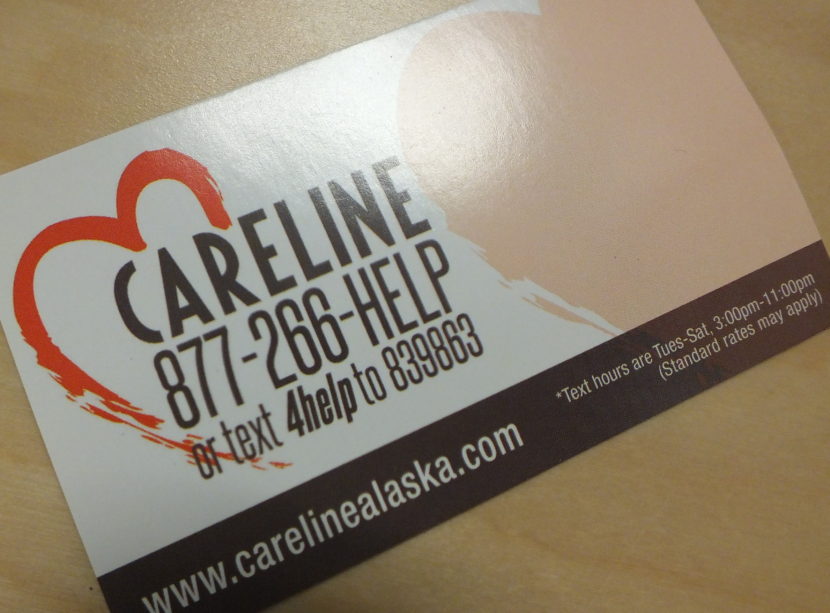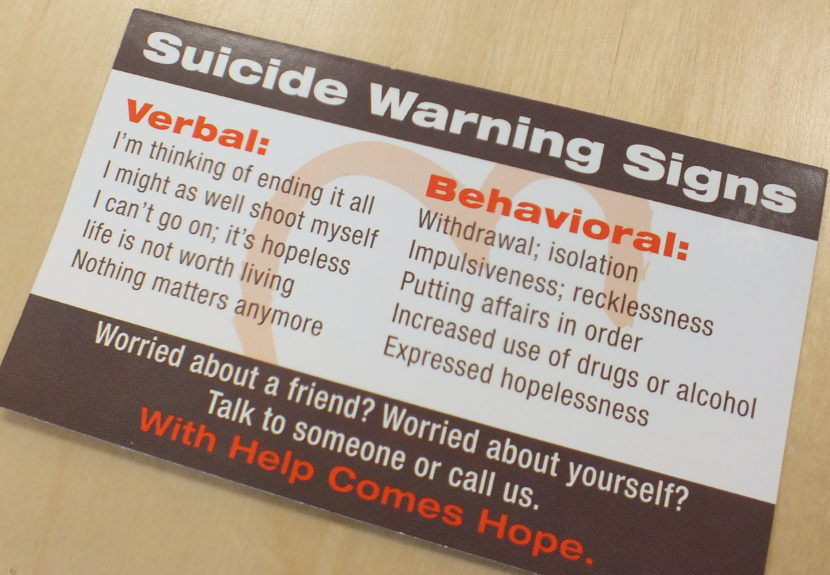
After Monday morning’s incident in which a Juneau woman took her own life at the entrance of the Dimond Courthouse, we talked to local specialists about suicide issues.
James Gallanos is a prevention program coordinator with the Alaska Department of Health and Social Services’ Division of Behavioral Health.
In an interview that aired in three parts on KTOO’s Morning Edition program, Gallanos talked about the Careline Alaska, safe messaging by the media during coverage of a public suicide, how to talk or comfort those who may have witnessed a suicide, and what to listen for if a family member or friend is contemplating suicide.
Safe messaging
Gallanos said safe messaging by the media includes avoiding images which show the method or location of a suicide.
“How can we cover a story while, at the same time, use words and phrases that are less harmful, more hopeful and helpful for people affected by the loss,” Gallanos said.
Listen to part one of the interview about safe messaging:
Making sense of suicide
Gallanos said it’s not uncommon for everyone to experience some degree of shock while responding to a suicide.
“The biggest question we have around suicide is ‘Why? Why would someone take their life?'” Gallanos said. “That makes it difficult because that’s why suicide is such a profound loss. We don’t always have the answers to why someone takes their life.”
Listen to part two of the interview about talking to witnesses of a suicide:
(Since this interview with Gallanos on Tuesday, KTOO was able to determine that a group of children believed to be in the vicinity of the Dimond Courthouse during Monday morning’s incident was too far away to actually see what had happened.)

“Nobody cares about me. I won’t be around any longer to worry about it.”
Gallanos said many of those contemplating suicide are unlikely to say it directly, and many of the indications will come in coded language or messages.
“Maybe it’s important that I invite the question about if they’re experiencing suicidal thoughts or thinking about killing themselves,” Gallanos said. “Very difficult question to ask, but very critical and important question to ask.”
Listen to part three of the interview about talking to those who may be contemplating suicide:
